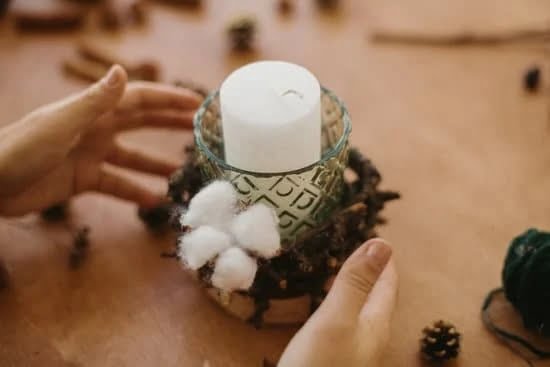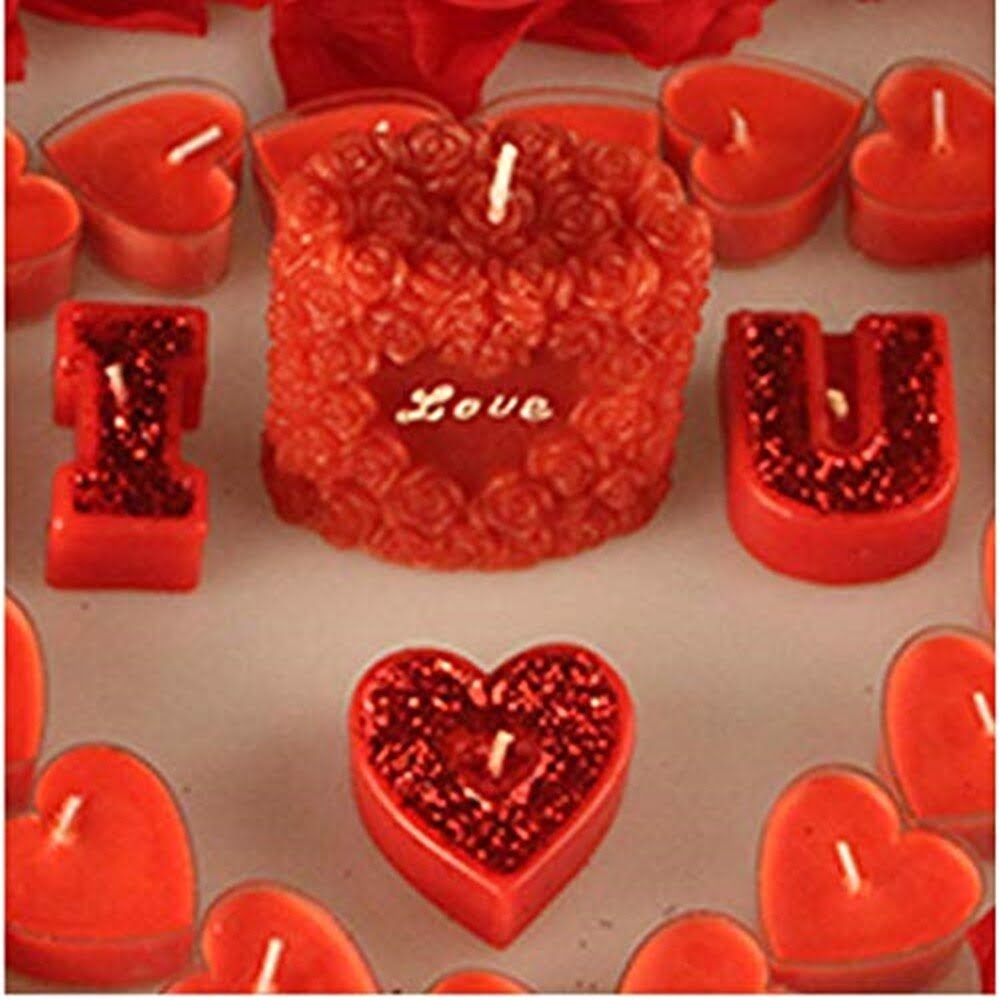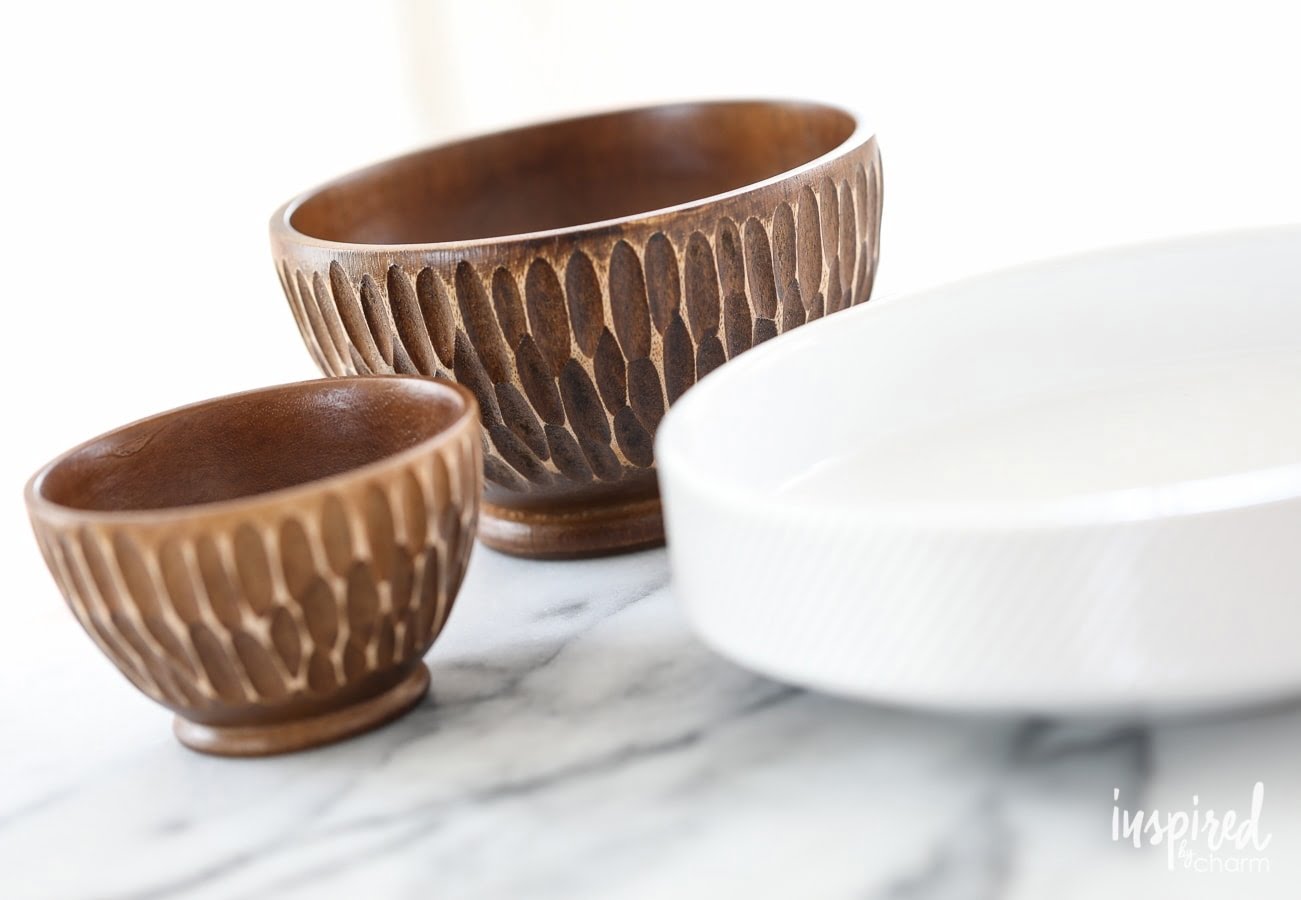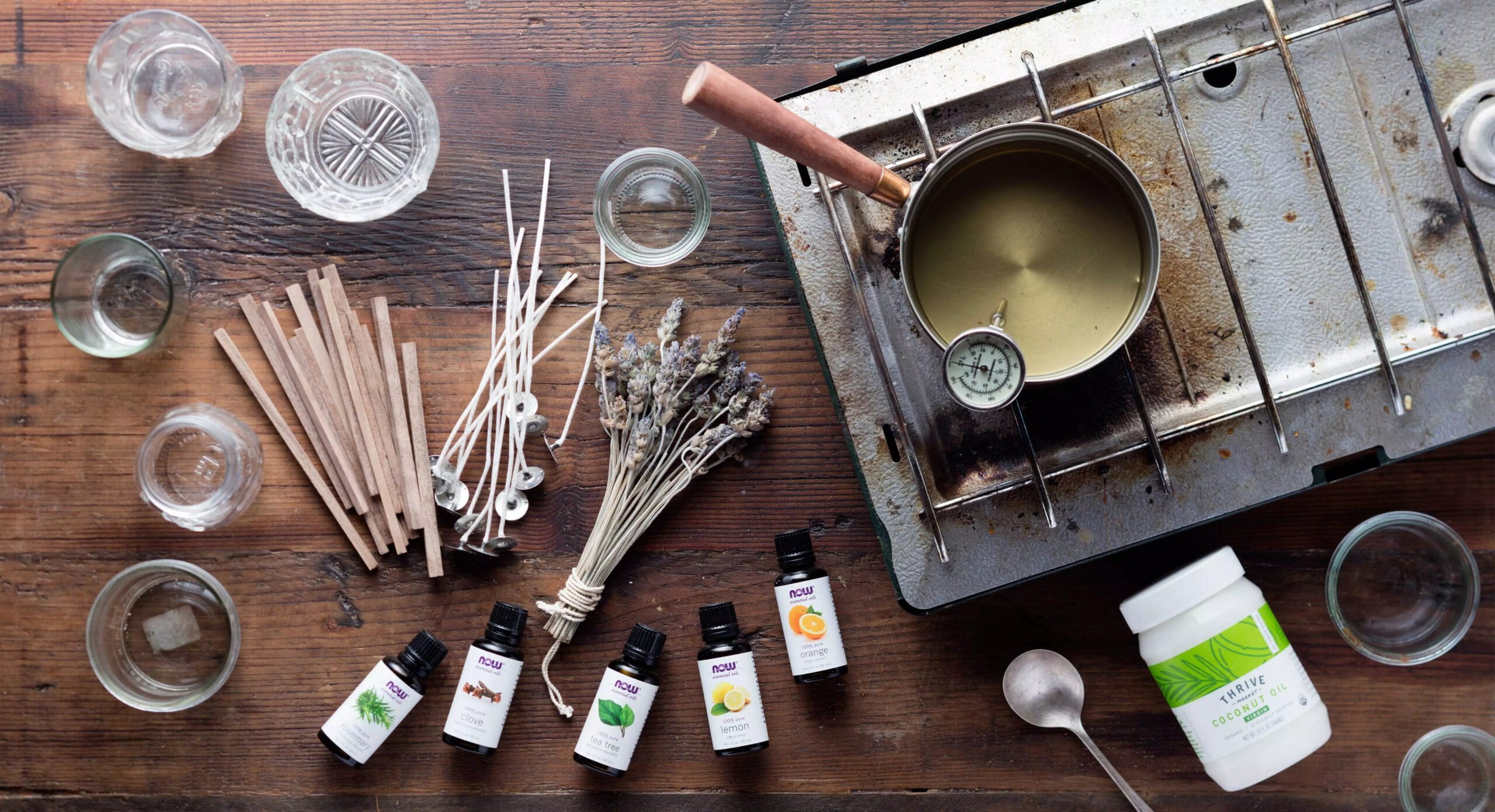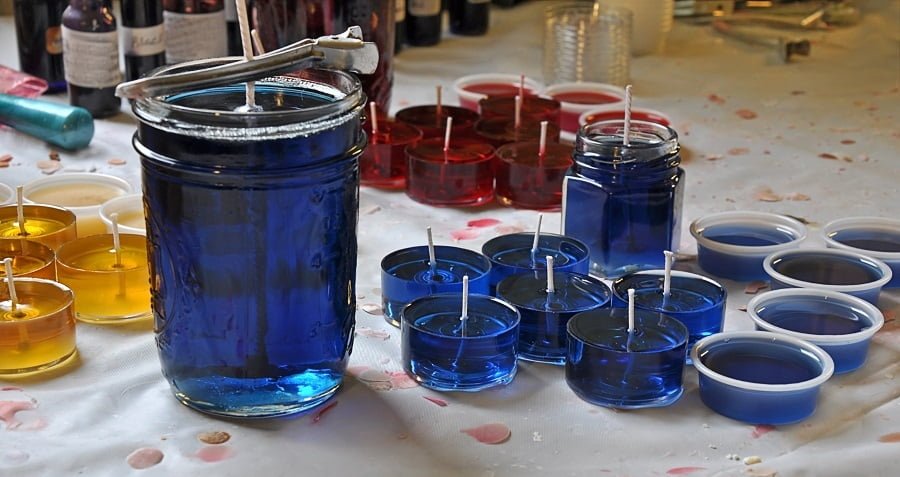Introduction
Making candles on a stove top can be an enjoyable craft to both learn and do. Not only does it give you the opportunity to experiment with different shapes, sizes and colors, but it also allows for you to add an extra personal touch in making your own homemade candle. You don’t need any special equipment or materials – just a few simple ingredients from around the house will do. Depending on the type of wax used, you can make tall, short, fat or thin candles ” all moulded according to your own specific design. Additionally, you can use multiple types of dyes and fragrances in order to achieve any color and scent combination of your choosing. Once all these decisions are made and preparations undertaken, you’ll be ready to begin a fun and creative journey into candle making on your stove top!
Required Tools and Supplies
Required Tools and Supplies:
– Wax (either beeswax, soy wax, paraffin wax, or a combination of the three)
– Double boiler or saucepan with metal bowl
– Candle wicks
– Wick stickers (to keep your wick in place)
– Colorants/dyes (such as crayons, wax pastilles, or liquid dyes)
– Fragrance oils
– Scales (for measuring ingredients carefully)
– Thermometer (to track melting temperatures for different waxes)
– Molds (can be silicone, wooden, plastic, or metal molds that you fill with melted wax to create the candle shape desired )
Preparing the Double Boiler
Step-by-Step Guide to Setting Up a Double Boiler:
1. Fill the bottom pot of a double boiler with a few inches of water, making sure not to fill it more than halfway up.
2. Place the top pot of the double boiler on top of the bottom pot, ensuring it is secure and won’t move around.
3. Put the wax that you have chosen for your candle in the top pot of the double boiler and place it over medium heat, stirring until completely melted.
4. When all has melted to create your candle wax, adjust your stove’s temperature as needed depending on your type of wax: For soy/natural blend waxes, aim for 165 degrees F; Paraffin batters should be kept just below 200 degrees F; Beeswax looks best at temperatures between 145-195 degrees F; Candelilla wax should be melted at 230°F ” 250°F; Bayberry heats optimally at 140°F ” 150°F.
5. If you have essential oils that you’d like to add for scent, add them now in small drops into the melted wax and stir until completely combined
6. Once everything is combined and at desired temperature, use one or two spoons to pour your candle into molds or glasses and allow it to cool overnight before using!
Melting the Wax
Making candles on a stove top requires melting the wax. To do this, it is best to use a double boiler set up – that is, two pots with water in the bottom and wax in the top. This allows the heat to melt the wax without scorching it. When melting wax, you should keep the temperature low and steady and make sure not to overheat it. In addition, it is important to melt the wax slowly – letting it sit on low heat for at least 15-20 minutes – to ensure that all of the wax melts evenly and thoroughly. This also helps prevent air bubbles from forming in your finished candles. Once your wax has completely melted, you can begin pouring your candles into molds or containers.
Pouring the Wax
To ensure that the candles have even walls and to layer colors, it is best to pour the wax slowly – no faster than a steady stream. If you are just layering one color, then pour a thin stream of wax and wait for it to set before pouring another layer on top. If you are layering multiple colors, pour a thin stream of one color and wait for the wax to solidify before adding the next color. You can achieve an even wall by tilting your mold slightly while the wax is poured. This technique can be used when working with single or multiple colors. Finally, when filling any mold with wax, always be sure to pour until there is at least 1/2” of wax above the top edge of the mold so that as the candle burns down it does not over expose its wick.
Finishing Touches
Once the candles have cooled, there are a plethora of decorating options to customize your candles. You can add herbs or spices to the outside of the candle for an interesting texture. For example, consider rolling the sides of the candle in lavender sprigs and flower buds to give it a sophisticated floral scent. You can also use different kinds of ribbons and bows around the middle of the candle for an extra special touch. If you like glitter and sparkles, consider placing small glitter pieces on the surface before it cools completely. Finally, you can shape your wicks into fun shapes such as stars or hearts after they are completely cooled.
Wrapping & Storing the Candles
Wrapping and storing candles properly reduces the chance of damage in transport or storage, and maximizes the longevity of your handmade products. When wrapping the candles for storage or shipment, use bubble wrap to protect it from physical contact damage, such as scratches or dents. For longer-term storage, it is important to wrap each individual candle in acid-free tissue paper to ensure that the wax inside won’t dissolve over time. Consider affixing labels to each candle indicating their type and size ” this will help distinguish them if they are removed from packaging and stored separately.
When storing, keep candles flat between layers of cardboard with no stacking or other pressure on them. Though this process may seem tedious at first, following it carefully can ensure that your beautiful homemade candles stay intact throughout storage and shipping.
Conclusion
Making candles on a stovetop is a great way to create beautiful handmade gifts or products for sale. If you are just starting out, it can seem intimidating at first, however with the right materials, instruction and patience you will be able to begin making excellent quality candles in no time! With practice, experimentation and knowledge you may find yourself wanting to try more advanced candle making techniques like adding aromatherapy oils and natural ingredients such as herbs or fruits to create unique personalized scents.
To further your candle making knowledge you could look into other sources of experimentation in order to come up with exciting new ideas. One possible source is attending workshops aimed at learning the techniques involved in manipulating wax textures. You can also browse books and magazines dedicated to candlemaking for inspiration. Various forums or blogs geared towards the craft industry may be helpful for finding advice from experienced artists as well as other helpful resources.
When considering more advanced projects, some ideas from professional experts include tinkering with cocktails of essential oils that best represent your desired aromatherapy scent or experimenting with various botanicals added to punched-out shapes with different wax varieties for producing an interesting visual effect on the final product. With enough research and planning you can find countless projects that challenge your creativity and skillsets which will help you make candles tailored specifically to your interest.

Welcome to my candle making blog! In this blog, I will be sharing my tips and tricks for making candles. I will also be sharing some of my favorite recipes.

